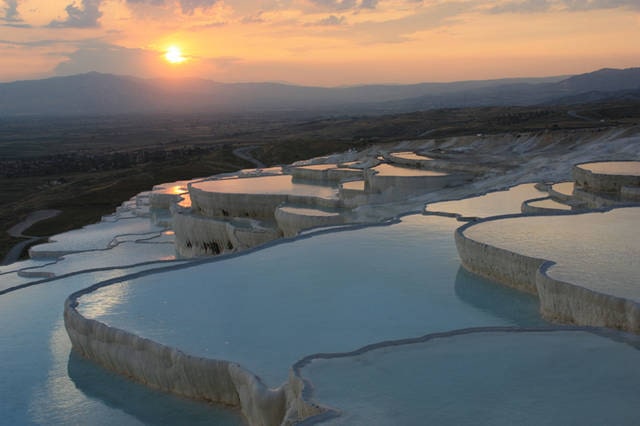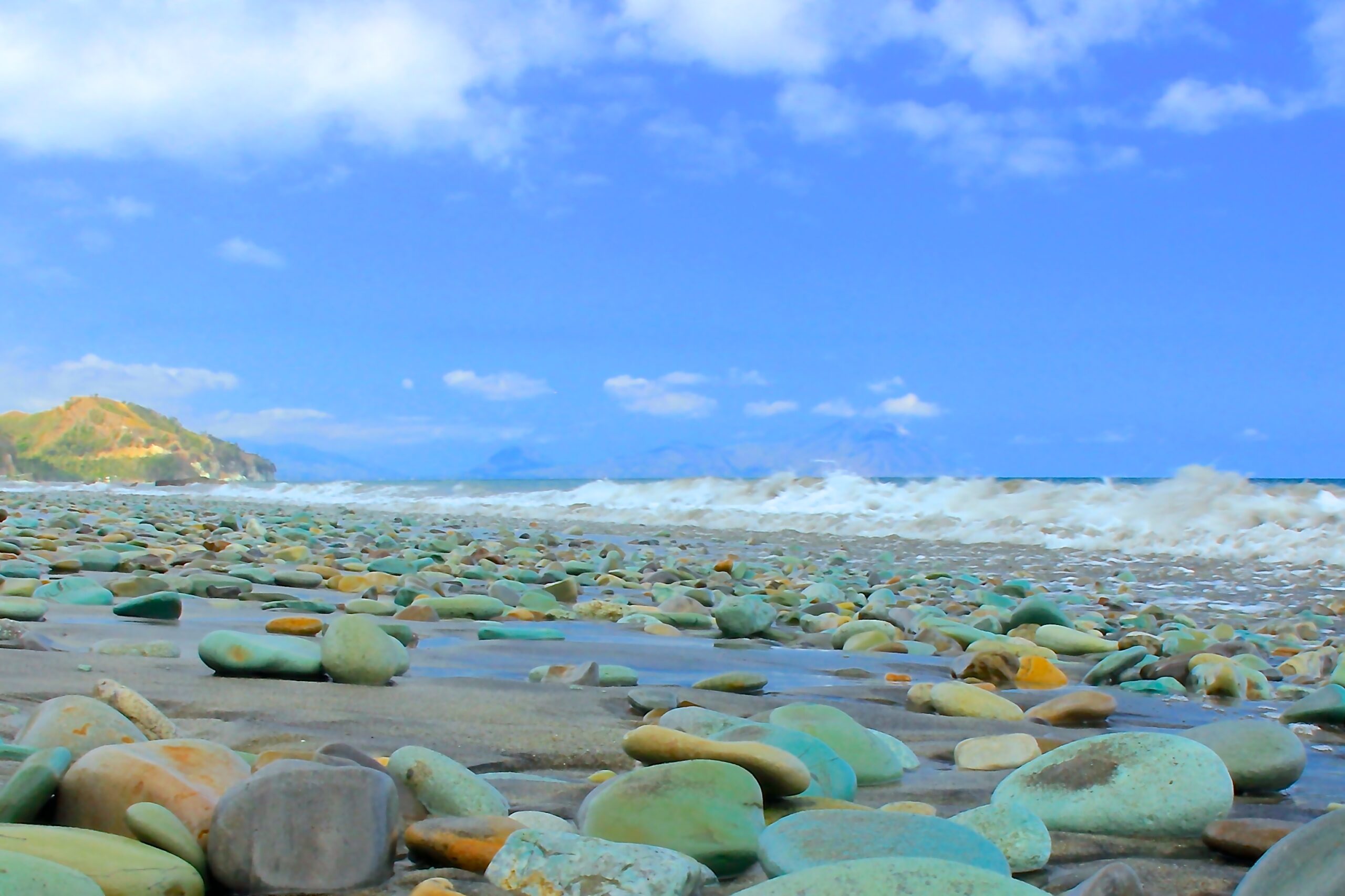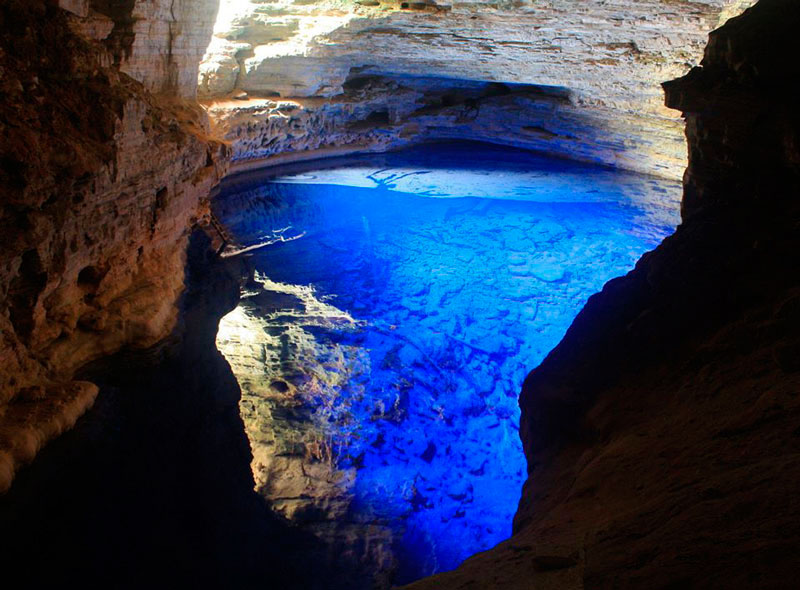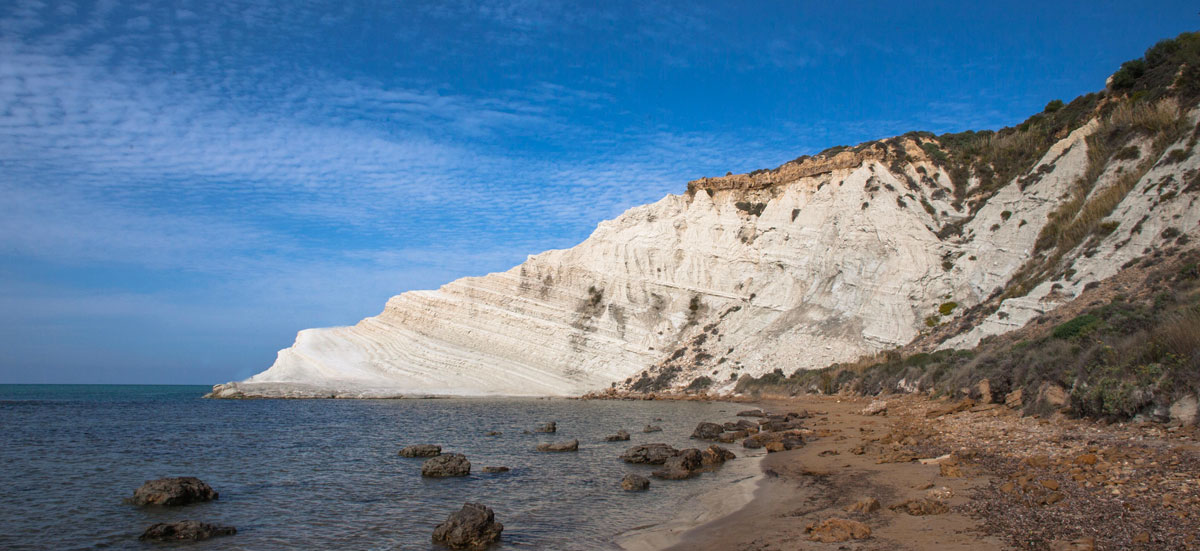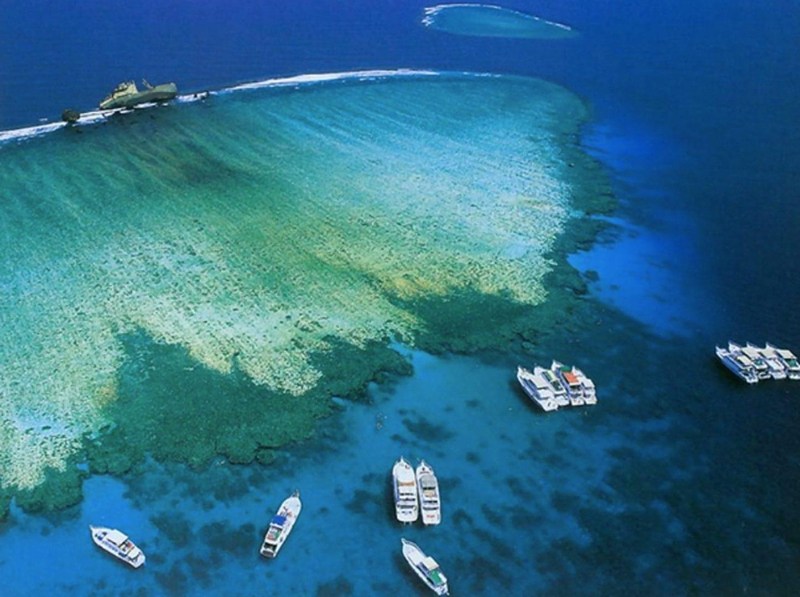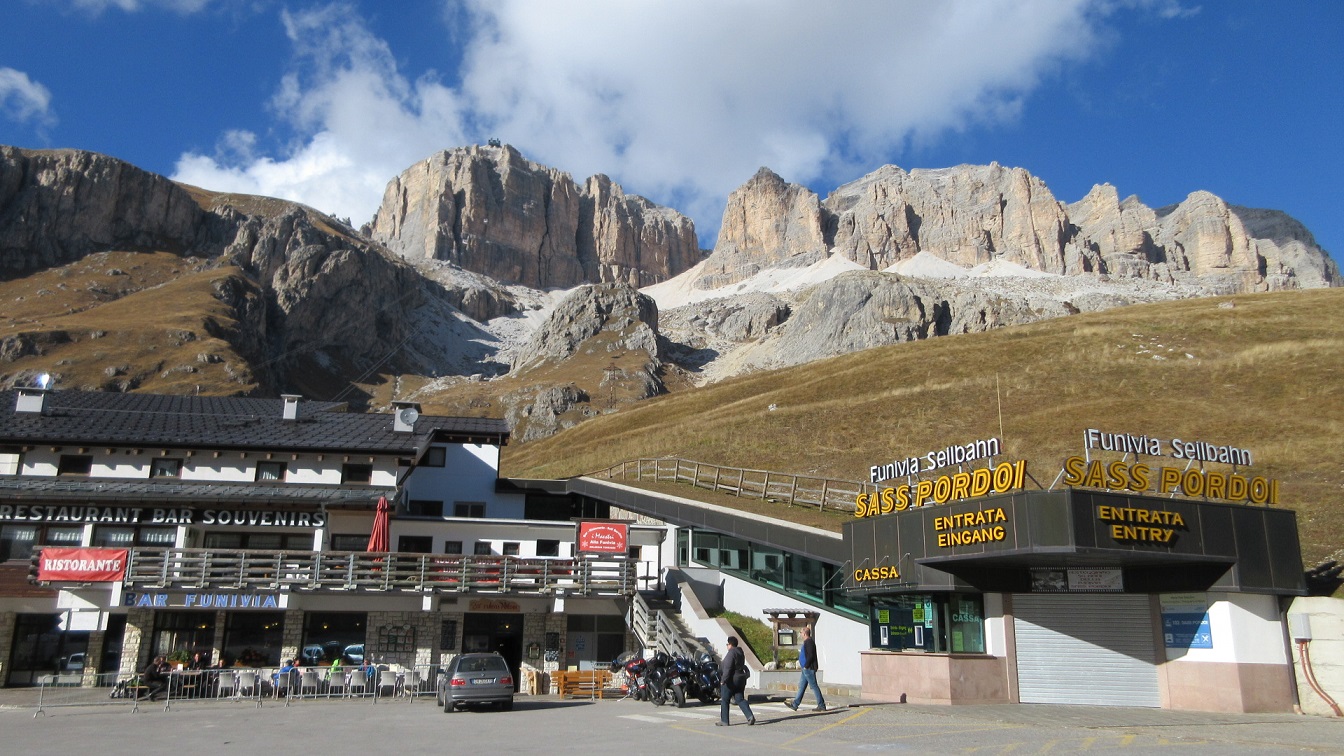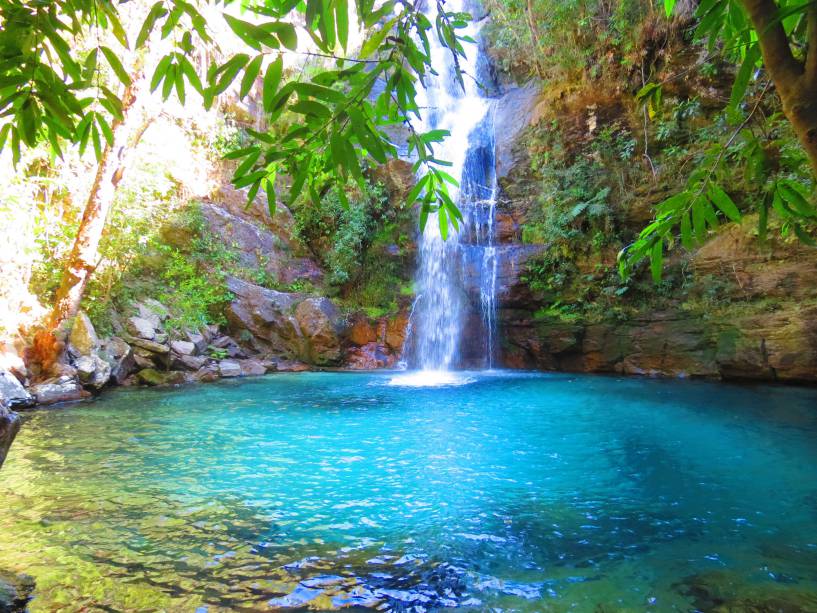Pamukkale, often referred to as the “Cotton Castle” in Turkish, is one of Turkey’s most unique and spectacular natural wonders. This stunning site is famous not only for its striking visual beauty but also for its historical and therapeutic significance. Located in southwestern Turkey, near the city of Denizli, Pamukkale is renowned for its white terraces of travertine, a form of limestone deposited by mineral-rich hot springs.
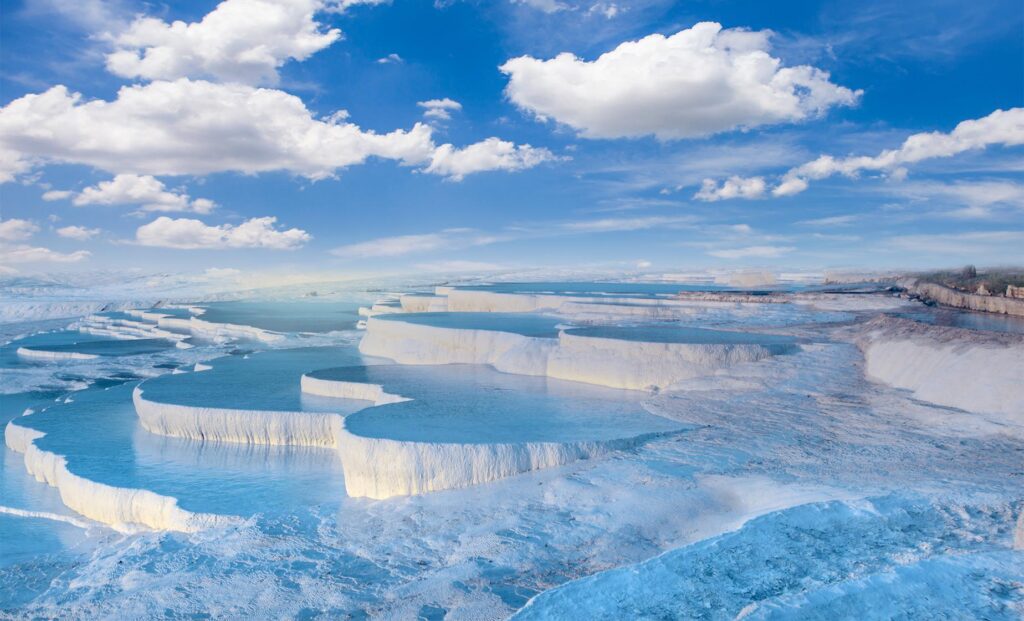
The terraces form as warm, calcium-rich waters spring from the earth and cascade over the cliff’s edge, cooling and depositing as they flow. Over thousands of years, these flows have created a series of terraced basins filled with warm, milky-blue water, creating an ethereal landscape that seems more akin to a winter wonderland than a warm spa. The temperature of the water ranges from 35°C to 100°C, making these pools not only beautiful to behold but also relaxing to bathe in.
Pamukkale has been a spa destination since Roman times, when the ancient city of Hierapolis was built on top of the white “castle.” This city, now a fascinating archaeological site adjacent to the thermal waters, adds a rich historical layer to the visit. Tourists can explore well-preserved ruins, including a theater, temples, and a necropolis, providing insight into the area’s historical importance.
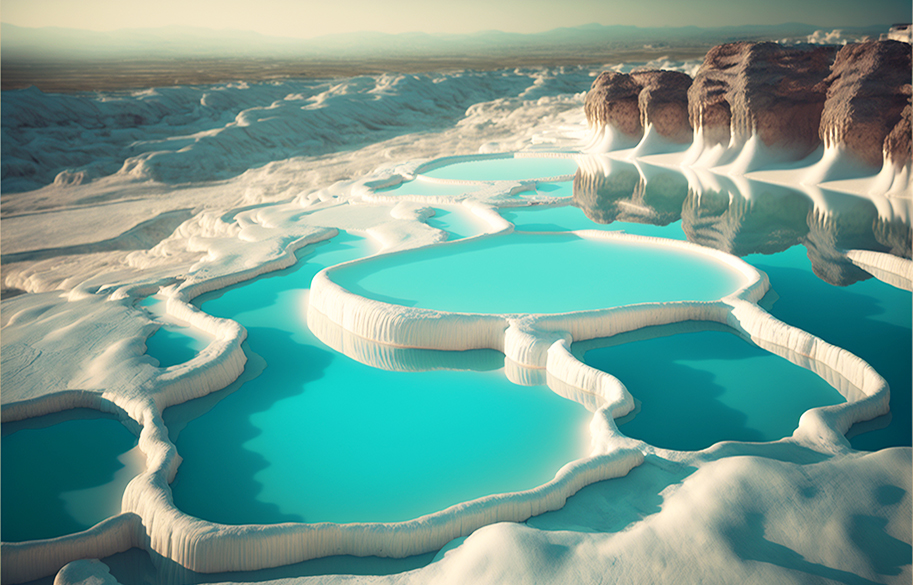
Today, Pamukkale is a UNESCO World Heritage Site, recognized both for its natural phenomena and its cultural significance. The site attracts millions of visitors who come to bathe in its therapeutic waters, walk along the travertine terraces, and explore the ancient ruins of Hierapolis.
Visitors are encouraged to walk barefoot in the terraces to protect the delicate travertine from erosion and damage. In addition to the terraces and archaeological ruins, the area offers a museum, which houses artifacts from Hierapolis and other nearby sites, providing further context to the historical richness of the region.
For those planning to visit Pamukkale, it’s recommended to spend at least a day exploring the terraces and the ancient city to fully appreciate the area’s beauty and historical significance. The site is accessible year-round, with each season offering a different but always captivating view of the terraces and ruins.
For more detailed information on planning a visit to Pamukkale, travel guides like Secret World offer comprehensive resources on how to get the most out of your trip. Additionally, for a broader exploration of Turkey’s natural and historical sites, consider checking out this comprehensive guide for insights into other must-see destinations in Turkey.

